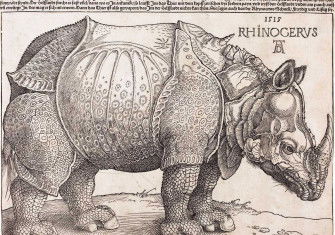How did the Elephant get its Trunk?
It took millennia to find out.

‘In the High and Far off Times, the Elephant … had no trunk,’ wrote Rudyard Kipling. ‘He had just a blackish, bulgy nose, as big as a boot, that he could wriggle about from side to side.’ But there was one elephant’s child who was more curious than the rest. He wanted to know what the crocodile had for dinner. Since no one would tell him, he went down to the banks of the Limpopo to find out for himself. When he bent down to see, the crocodile bit his nose – and pulled until it was ‘nearly five feet long’. That, Kipling smiled, was how the elephant got its trunk. It’s a silly story, of course; but like all good tales, it contains a kernel of truth – or rather, the husk of a puzzle.







